The Effect of Noise on Seagrass
Seagrass is an incredibly important part of the marine environment and provides a critical habitat for millions of animals.
Not only this, but it stores approximately 10% of the carbon in the seabed - all this while only covering 0.2% of the ocean floor.
These amazing plants protect our coastlines from erosion, which in turn protects us from flooding events and storms.
Sadly, since humans started caring about it and taking note of these environments, we’ve lost nearly 30% of them. Much of this is through environmental damage from sources like chemical run-off, shipping damage and dredging for building materials.
A new study however has also suggested that excessive marine noise pollution is compounding the threats to these habitats.
Michel André, from the Technical University of Catalonia in Spain has been studying how human noise is changing seagrass species at a molecular level and causing them to become unstable. The work focused on a seagrass called Posidonia oceanica, which grows in abundance in the Mediterranean sea. They found that after just 2 hours of artificial noise the organ responsible for detecting gravity was damaged. The effect was that the natural response of the plants to push their roots further into the ground was not occuring.
Excessive noise was also found to damage the number of starch grains held in the seagrass, which in turn altered how many nutrients the grass is able to take from the water. So not only is noise destabilising the seagrass, it is also impacting on its ability to grow, with potentially disastrous effects for both carbon storage and marine wildlife.
Humans have relied on the sea for all time, from our Neanderthal cousins harvesting oysters and crabs to the fossil fuels we modern humans guzzle from the seabed like weird techno-leeches.
It is time for us to have a radically different attitude to how we deal with the oceans and find a real balance with nature.
P.C: Frédéric Ducarme

